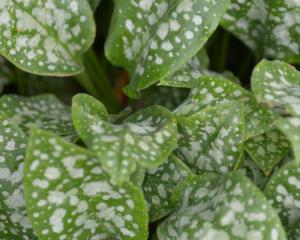
Evolving in extremely nutrient-poor areas such as acidic bogs, these plants found a surprising way to survive. Unlike other plants that get nutrients from the soil, carnivorous plants extract nutrients from insects. They have evolved multiple sophisticated trapping mechanisms, from drowning insects in digestive fluid to capturing them via rapid leaf movement.
Despite appearing otherworldly, carnivorous plants are relatively easy to grow and care for.
A great plant for beginners is the pitcher plant (Sarracenia). They have a striking appearance and appear unthreatening from an outside glance, but peer into their tubes and you may find a pile of unlucky insects.
The Venus fly trap (Dioneaea muscipula) is perhaps the most well-known carnivorous plant. Its tooth-like hairs trigger hinged leaves to snap shut, trapping insects inside.
Sundews (Drosera) appear even more alien, using sticky, glandular hairs on their leaves to trap insects. The leaves then slowly wrap around the insect to digest it with enzymes.
Display your collection of carnivorous plants in a sunny, cool and sheltered spot. Sit them in a saucer of water to prevent them from drying out. Use rain water, or tap water aged overnight. Sphagnum moss and peat work well to keep the plants moist.
They will go dormant over the winter, but will be back to catching insects by spring. Alternatively, you can see a selection of carnivorous plants in the winter garden glasshouse at Dunedin Botanic Garden.
Garden Life is produced by Dunedin Botanic Garden. For further information, contact Kyla Mathewson.











